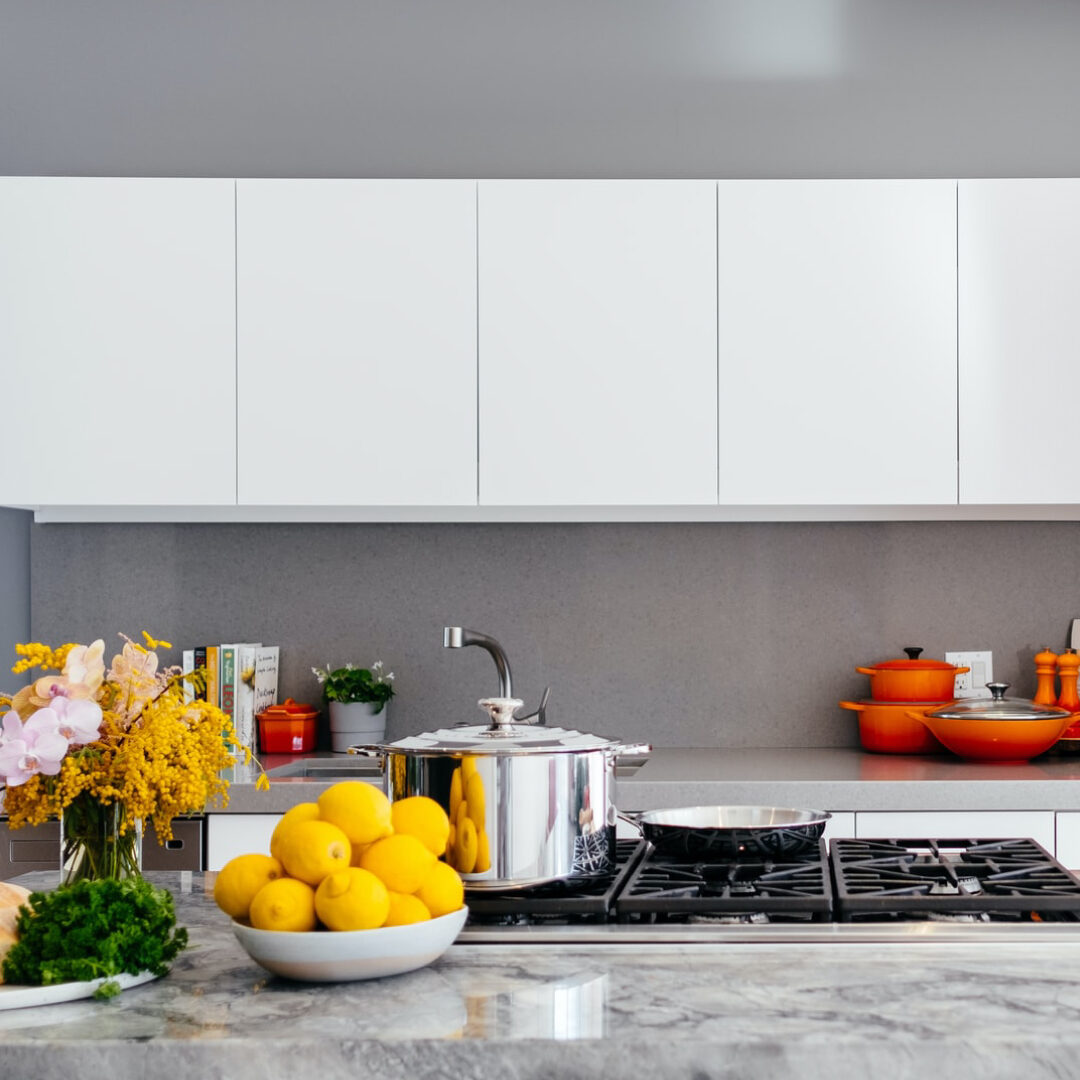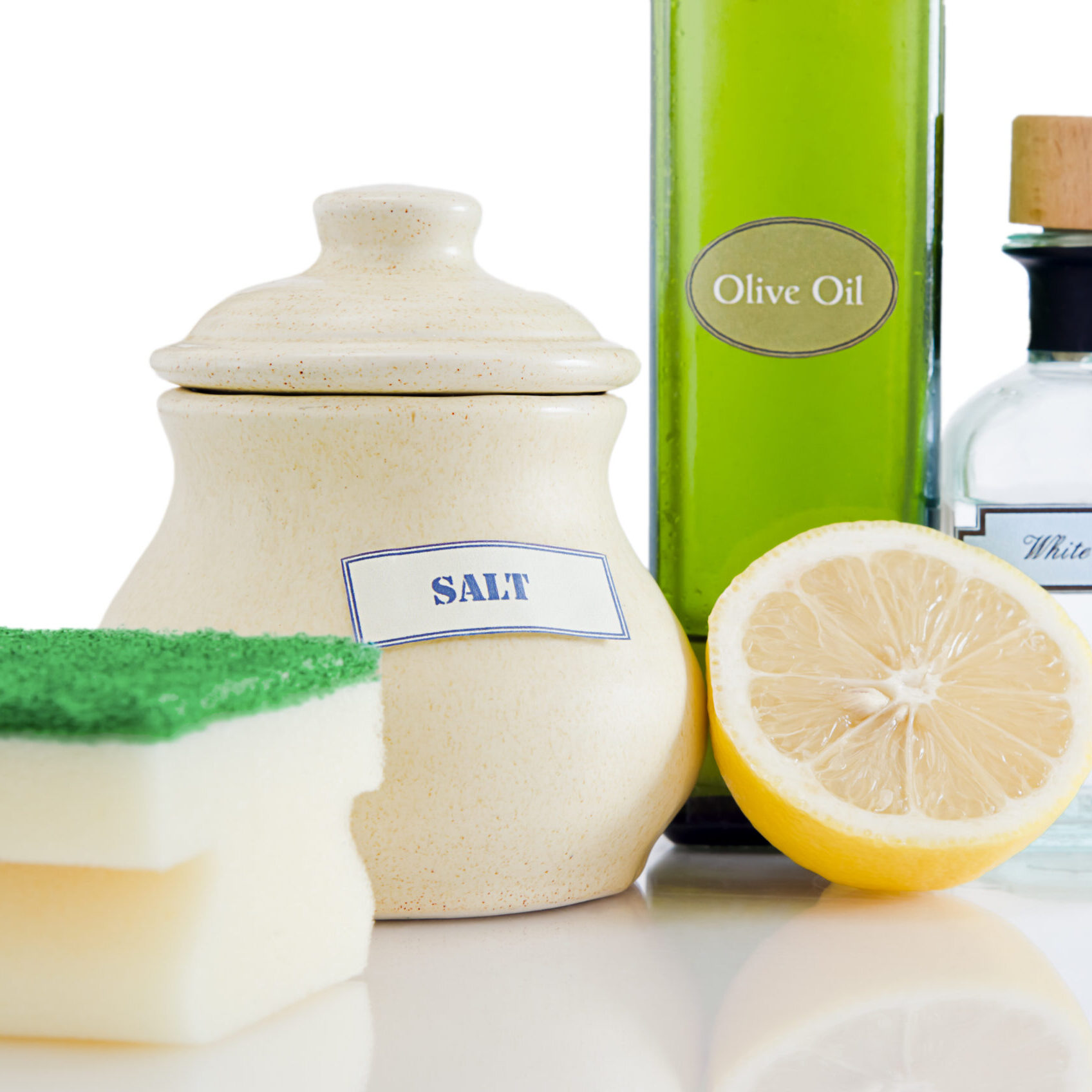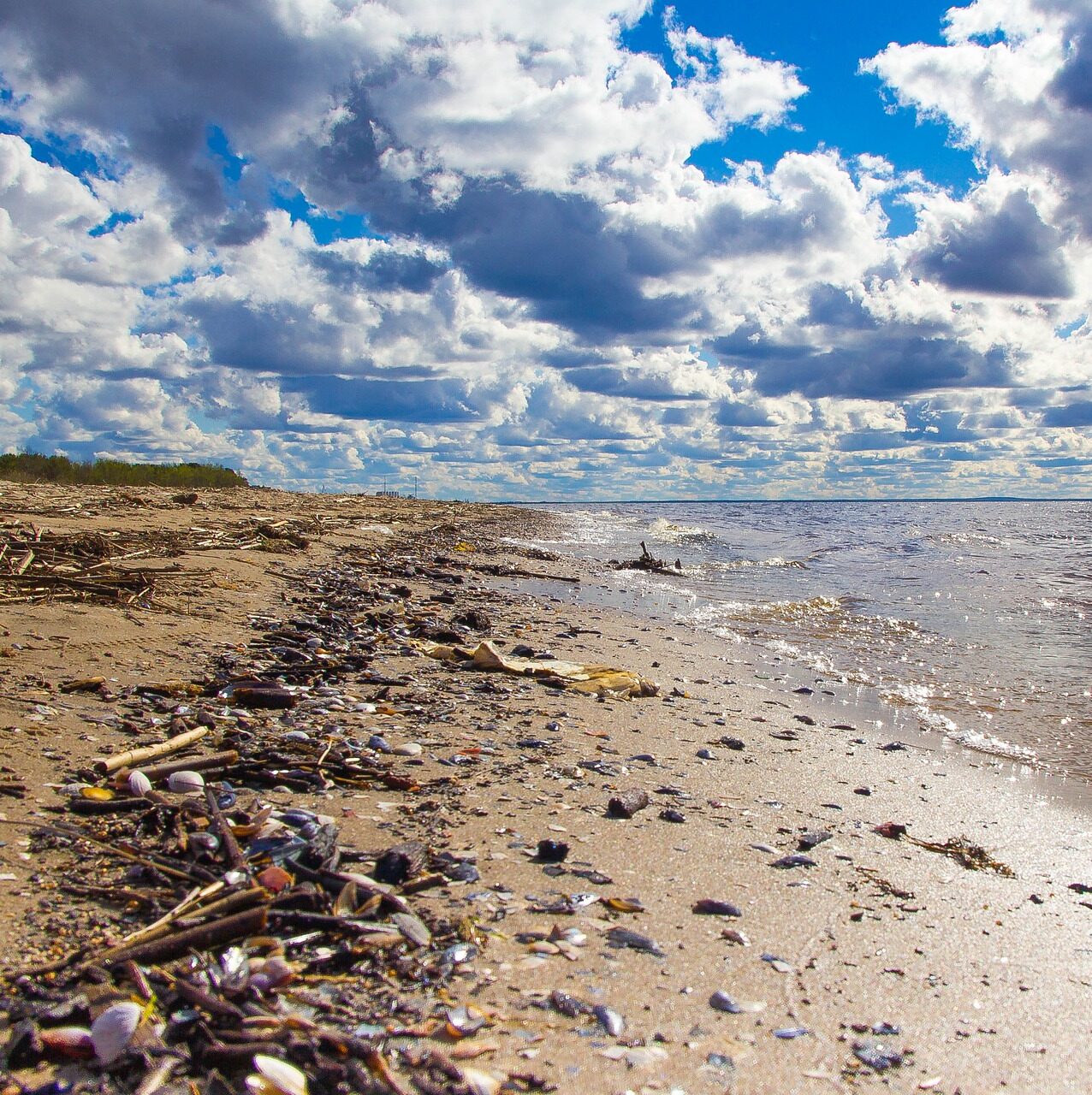Why Go Green?
Many standard cleaning products contain toxic and hazardous chemicals, which can cause health issues and allergic reactions. We are passionate about homes being a healthy environment, so ensure we leave your home sparkling without the use of any unnecessary chemicals!

Indoor Air Pollution
What is it?
We spend about 90% of our time indoors – whether this is at home, at work, at school or when we go to shops and restaurants. We are all aware of air pollution when outdoors, but did you know this is the same for when we are indoors? Indoor air pollution is dust, dirt or gases in the air inside that harm us when inhaled. It can be caused by many things – one of which being the harsh chemicals in ordinary cleaning products.
Indoor Air Pollution, Regular Cleaning Products & Health Risks:
Now for the science
How do cleaning products contribute to indoor air pollution? Many cleaning products contain chemicals called VOCs – Volatile Organic Compounds. These evaporate into the air as we use them (or even sometimes whilst they’re being stored) and can react with each other, forming new chemicals. Some examples of VOCs are acetone, xylene and formaldehyde. Studies suggest being exposed to these chemicals increases your risk of developing asthma or allergies – therefore it’s important we try to avoid them being in our homes for us to breathe in.

A recent study has also found women who clean at work or at home have been found to have an increased decline in their lung function. Products containing Formaldehyde and bleach can irritate your lungs or cause respiratory irritation – something we don’t think should be a side effect of having a lovely, clean home.
Cleaning products can also contain EDCs (Endocrine Disruption Chemicals), which can affect your hormone system and have links to development of breast cancer. You have an increased risk of exposure to EDCs if they get on your skin or you inhale them, so it’s important to avoid products that contain them. This list from Breast Cancer UK will help you know what to avoid!
The quality of the air we breathe in is always important. Everyone is at risk from air pollution, but those with lung conditions or younger children are especially vulnerable as their lungs are still developing. It is linked to an increased risk in pneumonia, COPD and lung cancer, heart disease and stroke.
You may not have realised, yet already have developed an allergy to something in your home. Itchy and runny eyes, a runny nose or inflamed, swollen sinuses are all signs that there is something in your home is giving you an allergic reaction. You may have noticed that breathing through your nose is difficult, or you’ve developed a cough. Your home is your sanctuary, and therefore should be the place where you feel the most relaxed, not potentially suffering from a reaction to indoor air pollution.

Benefits To The Environment
Toxic chemicals in the environment
Household cleaning products often contain ammonia, a form of nitrogen. When using sprays or containers with a pump, it’s unavoidable that not all cleaning product reaches the location as it sprays, releasing nitrogen into the air. Ringing out cloths or rinsing out a bucket used when cleaning sends nitrogen laden residue to our local sewage plants, which do not treat for toxics such as household cleaners, or into ground water.
This is lethal to the life in our waterways, and can trigger an imbalance in the ecosystem. A clean home is important, but it doesn’t need to cost the lives of our wildlife when there are plenty of ammonia free products that can be used!
Not Forgetting Packaging...
Let's talk about plastic
Many cleaning products come in a lot of plastic packaging. Not all plastic is recyclable, and the containers that are can then be very slow to biodegrade due to their durability. Many popular branded sprays or pumps are not re-usable and thrown away once empty after their first use, adding unnecessarily to the amount of waste from cleaning products.
If these products aren’t recycled, they often can blow away from the landfill as they are so lightweight – contributing to the 80% of plastic in our oceans from land sources.
Unfortunately, with many cleaning products plastic packaging is unavoidable. Alternatives like glass would increase the weight and therefore the price dramatically due to higher transport costs. However, using eco-friendly companies that use recycled plastic for packaging, use alternatives at any stage possible or have local packaging plants to decrease their transport are all ways in which we can help the environment with our choices of cleaning products.

It’s important to be aware of these issues so that we can all work together to reduce our waste. Even we aren’t perfect and don’t yet have all the solutions in place, but we’re working hard towards it by improving our processes for minimising our plastic consumption. A way of doing this is buying product in recyclable bulk containers, which we’re currently looking in to for all Pixies! Buying products that are concentrated and must be diluted before use is another way to cut down on packaging. These products seem to be on the rise in the eco-friendly realm, and not only do you minimise the plastic used but also reduce the amount of products being transported, saving money and reducing CO2 production! Buying products from brands that allow you to send back the containers for re-use or just buying larger containers each time can also make a difference.
Of course, you can also make your own cleaning products for a zero-waste alternative! Check out our blog for some of our eco-friendly cleaning product recipes.

